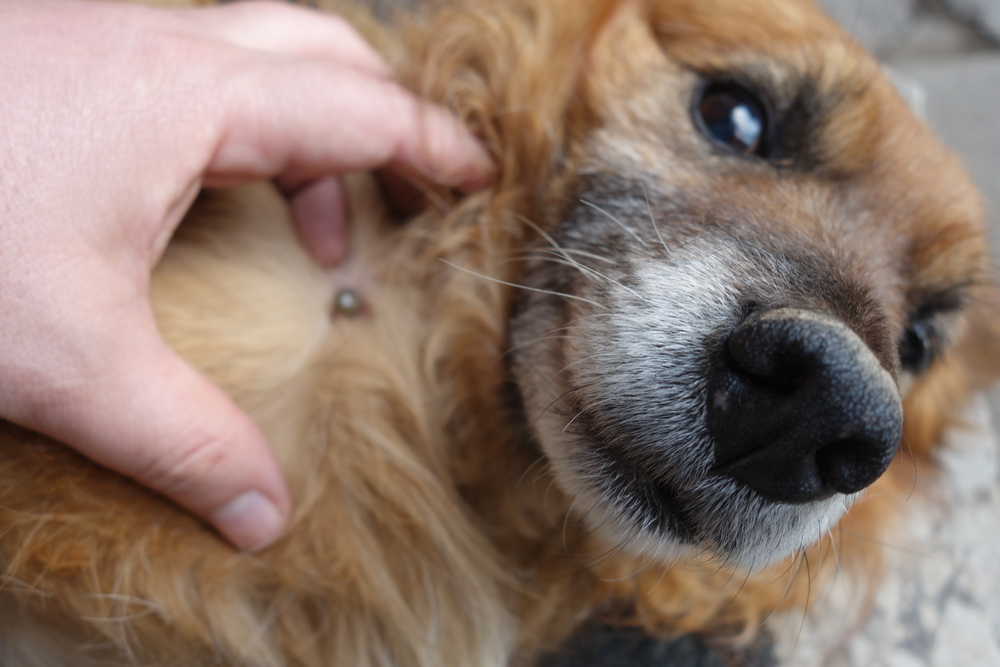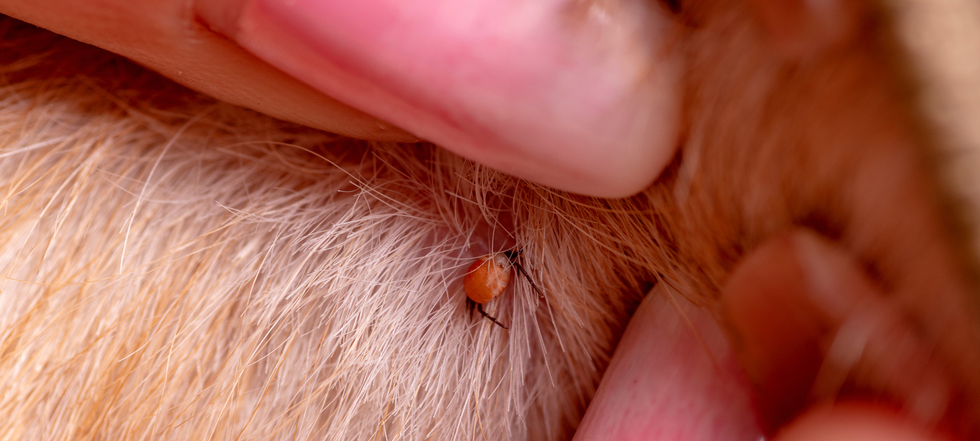
Understanding the Tick Life Stage: Why the Nymph Stage Matters
The Life Stages of a Tick
Egg: After mating, female ticks lay thousands of eggs in the environment. These eggs eventually hatch into larvae.
Larva: The larval ticks are very small and feed on the blood of a host for the first time. After feeding, they molt into nymphs.
Nymph: This stage is particularly concerning. Nymphs are tiny (about the size of a pinhead) and more difficult to spot. They are highly active and, due to their small size, they can easily go unnoticed on your pet’s fur. Nymphs feed on blood and are capable of transmitting diseases, including Lyme disease and Anaplasmosis.
Adult: Once the nymphs mature into adults, they are larger and more visible. They also pose a risk, but the earlier stages are often more dangerous due to their size and potential to transmit disease before they are discovered.
Why the Nymph Stage is Crucial
1. Size: Nymphs are tiny and can be easily overlooked, making them harder to detect on your pet. Their small size allows them to cling to your pet’s fur and remain unnoticed.
2. Activity: Nymphs are incredibly active and more likely to come into contact with your pet. They are also more likely to transmit diseases during this stage.
3. Disease Transmission: Nymphs can carry and transmit various tick-borne diseases. If not detected and removed promptly, they can spread illnesses that may be challenging to treat.

Protecting Your Pets from Ticks




